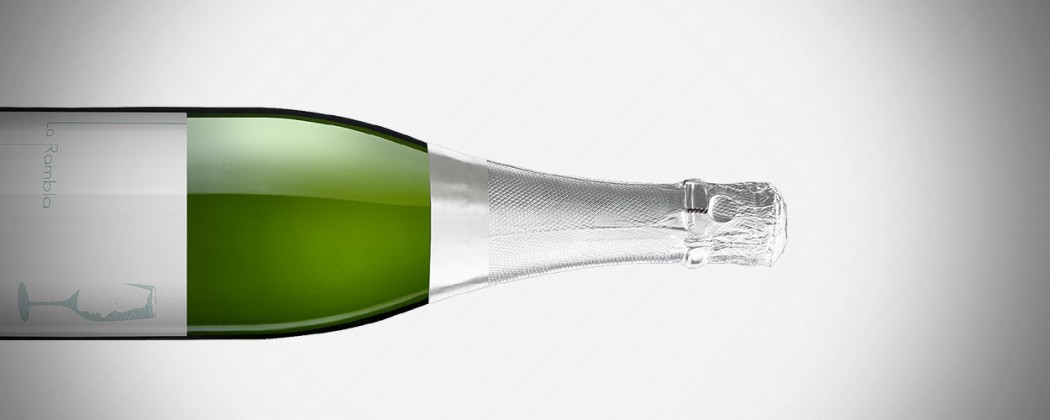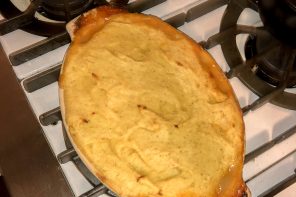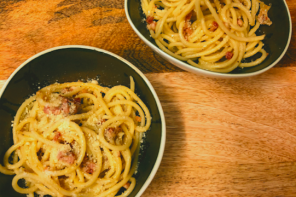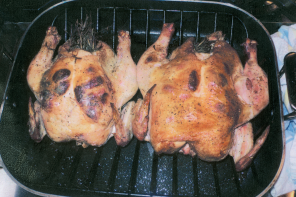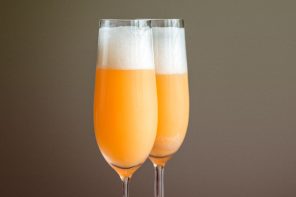Who doesn’t love Sparkling wine? It’s perfect for whenever. It’s an alcoholic beverage that’s perfectly acceptable, even classy, to drink in the morning. It’s exciting. It makes a pop when you open it, ceremoniously announcing its presence. And it. has. bubbles. In it! How the f*#@ do they get there?! Much like a ship-in-a-bottle… which, come to think of it, no one has ever adequately explained to me, getting the bubbles in the bottle is something of a mystery to many. Let’s go there.
So, all wine starts as a grape. Duh. In order to turn into wine, it has to first be fermented. This is actually a pretty simple occurrence; the grapes are crushed and put into stainless steel vats or oak barrels for fermentation. During fermentation, sneaky little yeast cultures “eat” the sugar that is in the grapes, and turns it into the alcohol we all know and love. If you wanted to stop there and make a still wine, you could. But for a sparkling wine, there’s a few more steps involved.
To complicate the matter, there are a few different ways to make sparkling wine. We’ll start with Methode Traditionnelle, or as we ‘Merican’s call it: Traditional Method, or even Champenoise if you want to get fancy with it. Whatever floats your boat. In any case, what sets Traditional Method apart is that the bubbles are made once the wine is IN the bottle. Here’s how it goes: the wine goes into said bottle. A small dose of additional yeast and sugar are put into the bottle, and it is sealed with a temporary crown cap. This time, when the little devil yeasts eat the sugars, the magic happens. While they feast away, they create carbon dioxide. Since the bottle is sealed, there’s nowhere for the carbon dioxide to go. Aaaand… BOOM! BUBBLES. HAPPEN. They happen, and they stay in the friggin’ bottle where they belong!
There’s one last cool thing that has to occur before we get to drink it, with Champenoise. It’s called “riddling”, and it means the bottles are placed upside down, at an angle and slowly turned (often by hand- who wants to sign up for THAT job?!) in order to shake loose the yeast sediment (lees) that has collected in the bottle during bubble-makin’. The goal here is to get the sediment to collect in the neck of the bottle, where it is ushered, unceremoniously, out of the bottle. Once the sediment is removed (known as disgorgement), the finishing touch is the addition of a dosage. Dosage is typically a mixture of sugar and wine. Because the grapes that go into sparkling wine production are often very high in acid, the dosage helps to balance the acid out and make the wine more palatable and finished. Then the wine gets its final cork! And we get to buy it! Squeeeee!
Did I lose you? Still listening? Okay, let’s continue.
What’s the alternative? To make the bubbles all at once, rather than in individual bottles. Known as Metodo Italiano or Charmat Method, it’s not as labor-intensive as Champenoise, but it has its merits. The preliminary steps are the same, but the bubble-making takes place inside a large stainless steel tank. After the wine gets bubbly, it is bottled at high pressure and then corked. This process is perfect for Italian grapes like Glera, aka Prosecco, as it highlights its natural delicacy and freshness. And that $11 bottle of Prosecco you drank the other night? You’re pretty glad it cost $11, aren’t you? Charmat Method, since it doesn’t require as much labor, keeps the cost down. Which is good for us, wouldn’t you agree?
If you want to get really wild, look for a sparkling wine that is labeled “Cremant”; a Cremant d’Alsace or a Cremant de Loire. This indicates that the wine was made using Traditional Method, but is from a region in France that is NOT Champagne (additional note: anything labeled Champagne HAS to be made in the Traditional Method. And it HAS to be from the Champagne region. Yeesh. Rules.). Often you can find some serious bang for your buck with a Cremant. Only Champagne is Champagne, but a Chenin Blanc based Cremant from the Loire Valley?! Lord. Have. Mercy. Once again, you can’t help but be reminded of the literal infinite amount of grapes, processes, traditions and styles there are in the wine world. And all the fun you can have drinking them.
Kaitlin Ohlinger is a writer living in Columbia, SC. She tweets at @winesnobsc.

